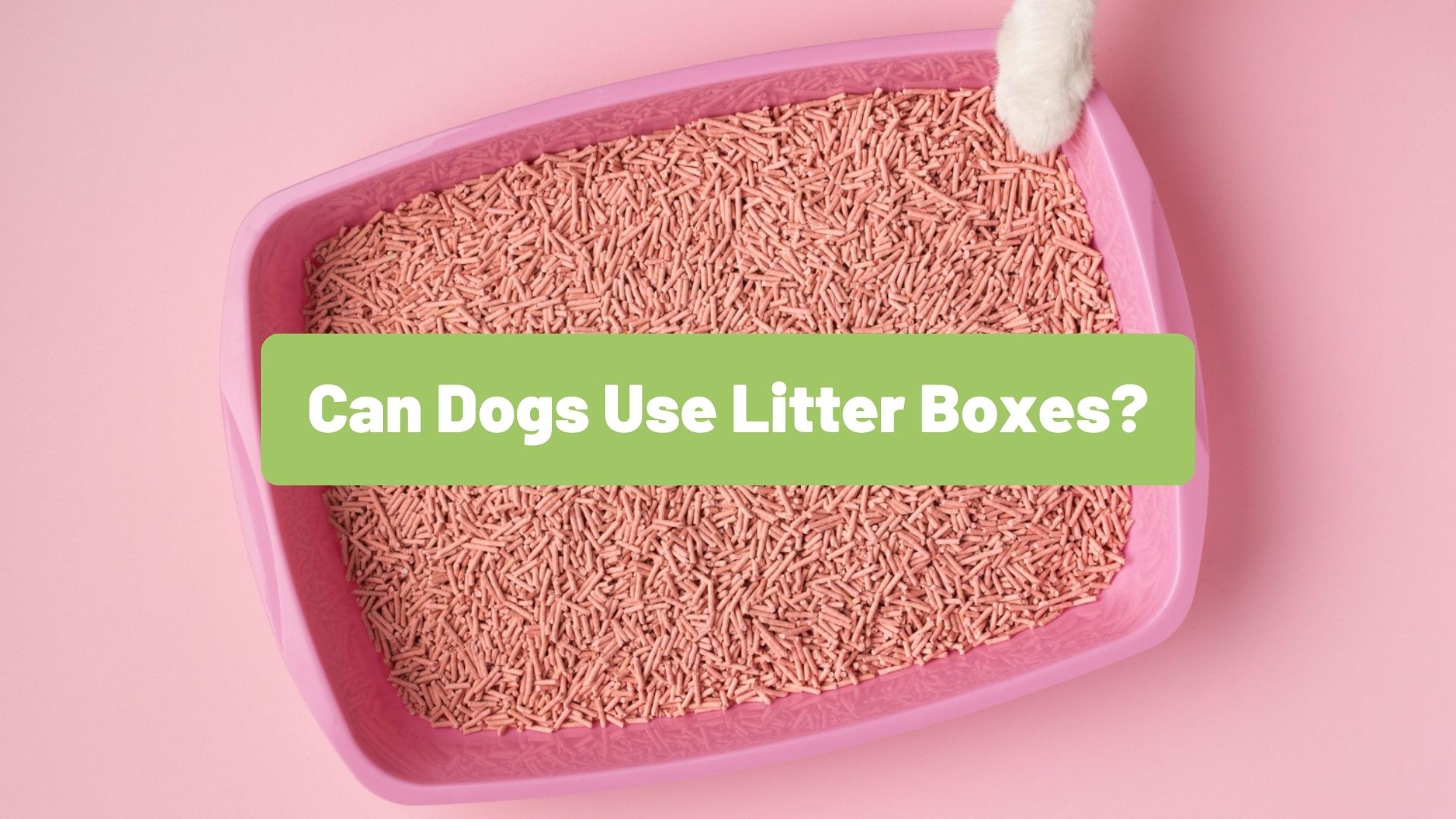For most people, litter boxes are typically associated with cats. Cats are known for their independent nature and ability to do their business in designated spots. But what about our canine companions? Can they also be trained to use litter boxes? Let’s dive into this uncharted territory and explore the possibilities.
Why Consider a Litter Box for Dogs?
Dog owners, in their continuous journey to provide the best for their furry companions, often seek alternative methods or solutions to cater to their pets’ needs. There are a multitude of reasons, ranging from convenience to necessity, that could lead dog owners to consider different approaches to traditional practices. Here are some compelling motivations as to why the idea of using a litter box for dogs might enter into a pet owner’s list of considerations:
Urban Living
For individuals who live in urban settings, particularly in high-rise apartments or areas lacking immediate outdoor access, what might seem like a brief bathroom break for their dog can become a prolonged ordeal. Navigating elevators, corridors, and possibly busy streets can turn a simple task into a time-consuming activity.
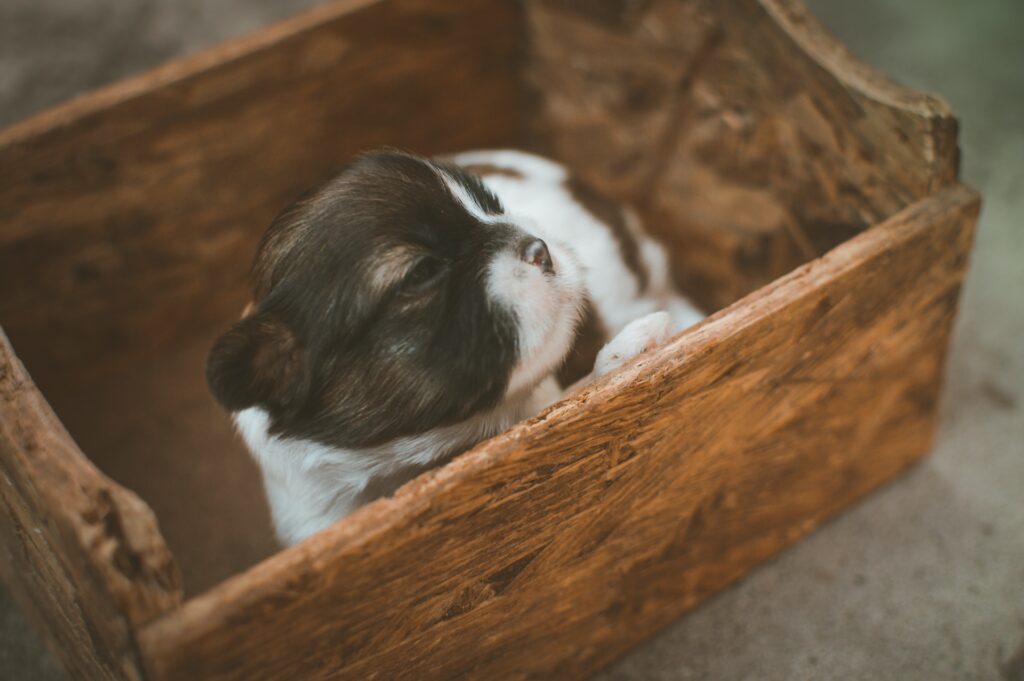
Additionally, when Mother Nature decides to show her extremes—be it biting cold, torrential downpours, or sweltering heat—it’s not just the pets who dread stepping out. Dog owners too might find the prospect daunting. Under such conditions, the comfort of an indoor solution becomes increasingly appealing, offering relief to both the pet and the owner from battling the elements.
Puppy Training
Utilizing a litter box can serve as a beneficial interim solution, especially during those early days when a puppy is still navigating the nuances of house-training. It offers a controlled environment for the puppy to understand where it’s acceptable to relieve themselves while they’re still grasping the fundamentals of outdoor potty breaks. This method can help bridge the gap between indoor accidents and the eventual consistent outdoor routine.
Elderly or Mobility-Challenged Dogs
Senior dogs, much like our elderly loved ones, often experience reduced mobility or health issues that can make frequent outdoor trips challenging. Similarly, dogs with mobility issues, whether due to injury, surgery, or congenital conditions, might find the task of heading outdoors for bathroom breaks to be strenuous or painful.
For such dogs, having a litter box indoors can be a godsend. It provides them with an easily accessible, comfortable spot to relieve themselves without the added pressure or discomfort of navigating outdoor terrains. Plus, it offers pet owners peace of mind, knowing their beloved companions have a convenient and less physically demanding option.
The Challenges
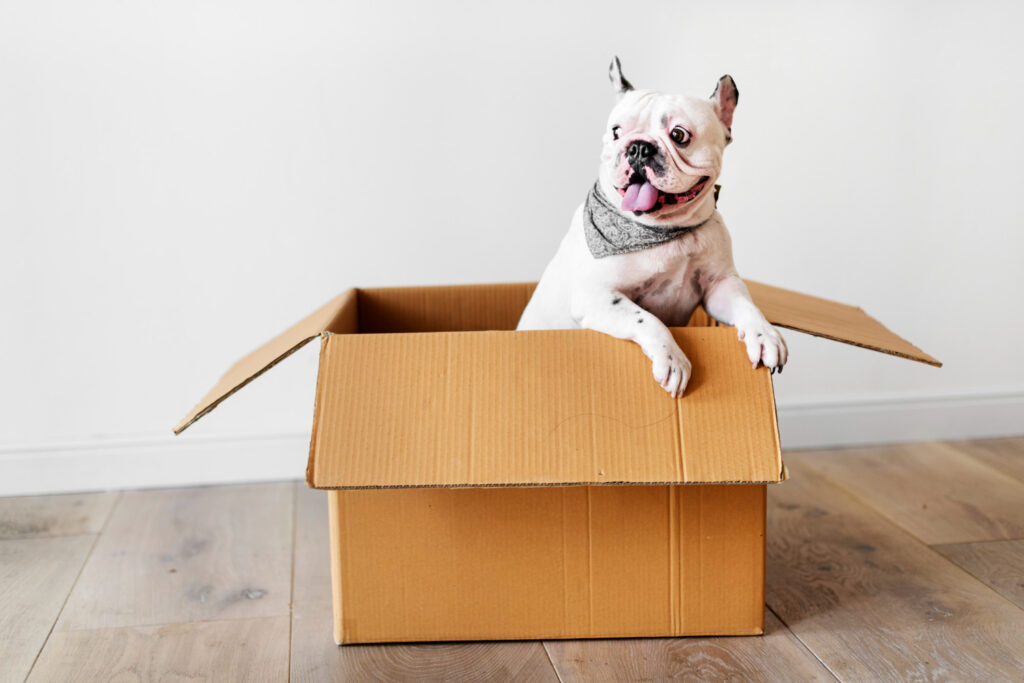
While the idea of training a dog to use a litter box might initially sound promising and convenient, especially when we consider the success with feline counterparts, it’s essential to approach this notion with a clear understanding of potential challenges. Successfully adapting a dog to this new routine isn’t always a straightforward endeavor and can come with its fair share of hurdles and learning curves:
Size Matters
Unlike cats, which generally fall within a relatively consistent size range, dogs offer a vast diversity in terms of size and build. From the petite stature of a Chihuahua to the towering presence of a Great Dane, the spectrum is broad and varied. While a smaller breed like a Chihuahua might easily adapt to a litter box given their compact size, accommodating a larger breed like a Great Dane presents an entirely different set of challenges, requiring more space, adaptability, and potentially different training techniques.
Nature’s Call
Dogs, being deeply rooted in their primal instincts, have an inherent tendency to mark territory as a way of communication and establishing their domain. This behavior goes beyond just basic relief and delves into the realm of instinctual patterns that have evolved over millennia. As a result of this intrinsic behavior, many dogs have a preference for more natural surfaces, like grass, dirt, or sand.
These textures and environments mimic the conditions their wild ancestors would have encountered, providing not just a spot for relief, but also a canvas for leaving behind scents and messages. Given this natural predisposition, transitioning a dog to the unfamiliar environment of a litter box might pose challenges, as it contrasts with the natural settings they are instinctively drawn to.
Cleaning Frequency
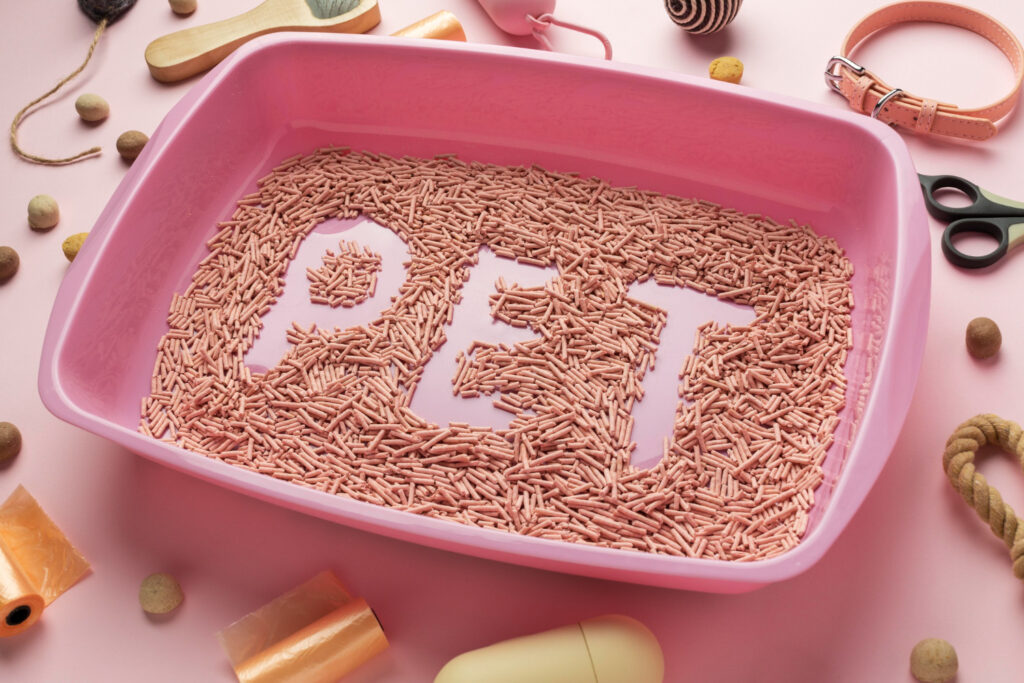
Dogs, by virtue of their size and dietary habits, tend to produce more waste as compared to their feline counterparts. This isn’t just a slight difference; it can be considerably more, especially when comparing larger dog breeds to domestic cats.
As a consequence of this increased waste production, anyone considering a litter box solution for dogs should be prepared for more frequent cleaning and maintenance. Keeping the litter box clean not only ensures hygiene but also encourages its continued use by the pet.
Training Tips
If you’re committed to the idea and have decided to embark on the journey of training your dog to use a litter box, it’s crucial to approach the task with the right mindset and preparation. This isn’t just about shifting a behavior; it’s about introducing an entirely new routine to your pet. To help you navigate this terrain with greater ease and increase the chances of success, here are some foundational steps and considerations to get you started on the process:
Choose the Right Box
It’s paramount to choose a litter box that is appropriately sized for your dog, ensuring they have ample space to comfortably move around and do their business. Size isn’t the only factor; texture and material can also play a significant role. Recognizing this, certain companies have innovated ‘dog litter boxes’ equipped with artificial grass surfaces. This mimics the natural environment dogs are accustomed to, making the transition smoother and more intuitive for them.
Location
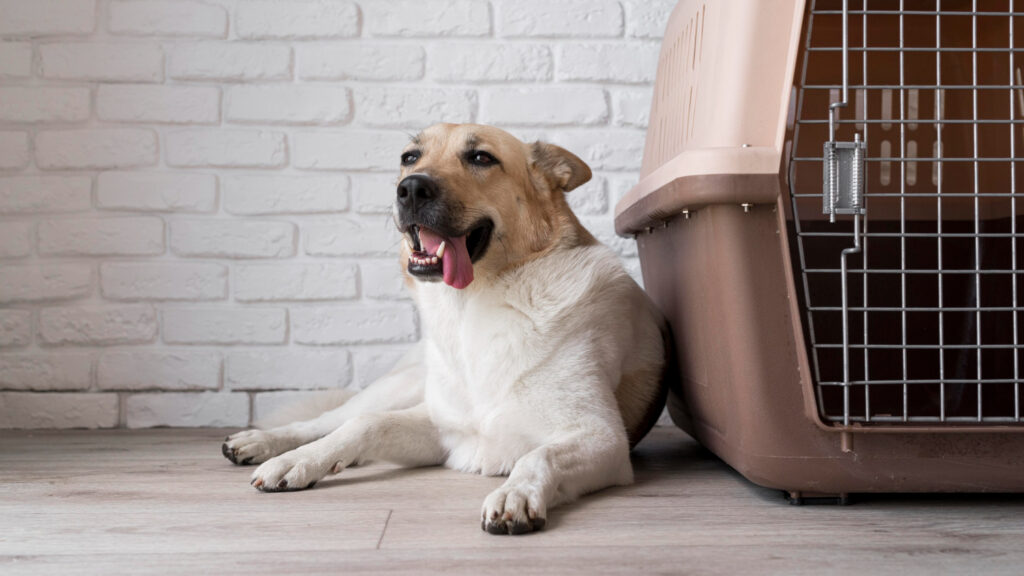
When deciding on where to set up the litter box, it’s essential to select a location that’s both quiet and easily accessible to your dog. Much like humans, dogs too value a bit of discretion during their private moments. Therefore, a spot that’s free from excessive foot traffic or loud noises can make the experience more comfortable for them. Always keep in mind that while they’re adapting to this new routine, ensuring a sense of privacy and tranquility can significantly boost their acceptance and consistent use of the litter box.
Consistency
As with any form of training, whether it’s teaching a new trick or establishing a habit, consistency stands as the cornerstone of success. Maintaining a regular routine, using consistent commands like “go potty”, and providing positive reinforcement can make all the difference. When your dog follows through and uses the litter box, offering them praise or a small treat can reinforce the behavior, making it more likely they’ll repeat it in the future. Remember, dogs thrive on routine and positive affirmation, so using these consistently can significantly ease the transition and make the training process smoother.
Clean Regularly
To foster a consistent and positive association with the litter box, it’s essential to keep it in a pristine condition. Dogs, much like humans, prefer clean environments for their personal business. By ensuring the box is cleaned and refreshed regularly, you not only maintain a hygienic space but also make it more inviting for your pet. Regular upkeep signals to your dog that this is a designated, well-maintained spot for them, which can boost their inclination to use it consistently.
Alternatives to Traditional Litter
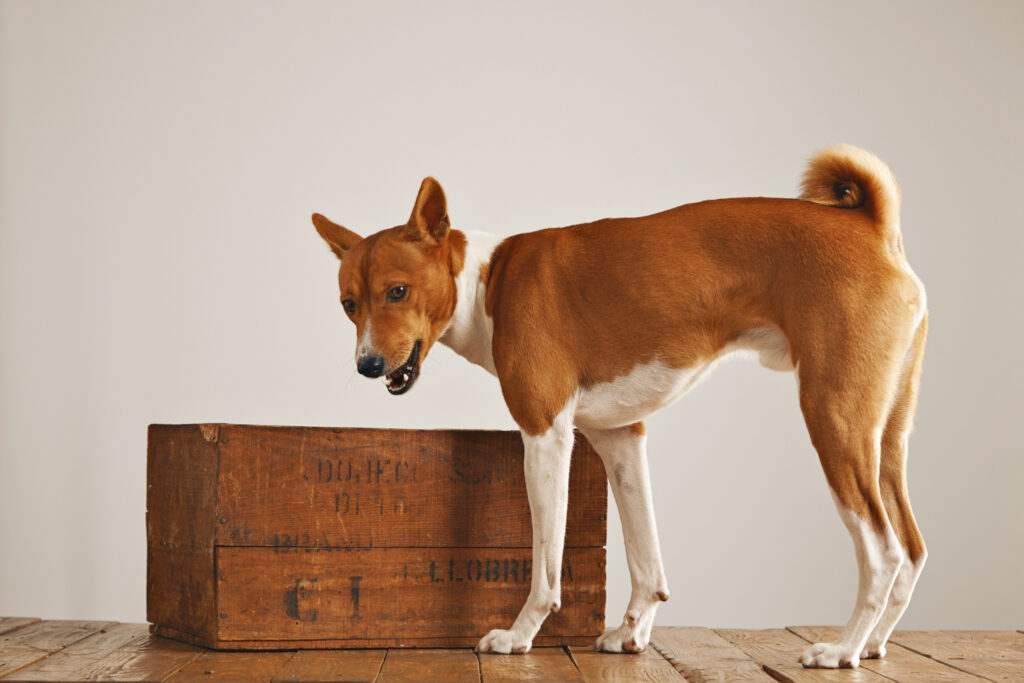
Indeed, there is a product known as dog litter in the market, but it’s important to note that it’s quite different from the traditional cat litter many are familiar with. Specifically designed to cater to dogs, this litter tends to be more pellet-like in structure, crafted to handle the generally larger waste produced by dogs.
However, if you’re exploring alternatives or find that the designated dog litter isn’t to your canine’s liking, there are other options to consider. Materials such as newspaper or absorbent pee pads can be employed as a makeshift solution. Additionally, some dog owners opt for artificial grass pads, which mimic the feel of natural grass and can be a more intuitive choice for dogs transitioning to an indoor potty solution.
Wrapping It Up
While not conventional, using a litter box for dogs is indeed feasible, especially for smaller breeds or specific situations. It won’t replace outdoor walks and the joys of fresh air, but it can be a handy solution for specific scenarios. If you decide to embark on this journey, arm yourself with patience and stay consistent in your training efforts. As always, consider what’s best for your pet’s health and happiness! Get updated knowledge on how to feed raw, discounts, coupons, and holistic rearing at www.RawOrigins.pet.

